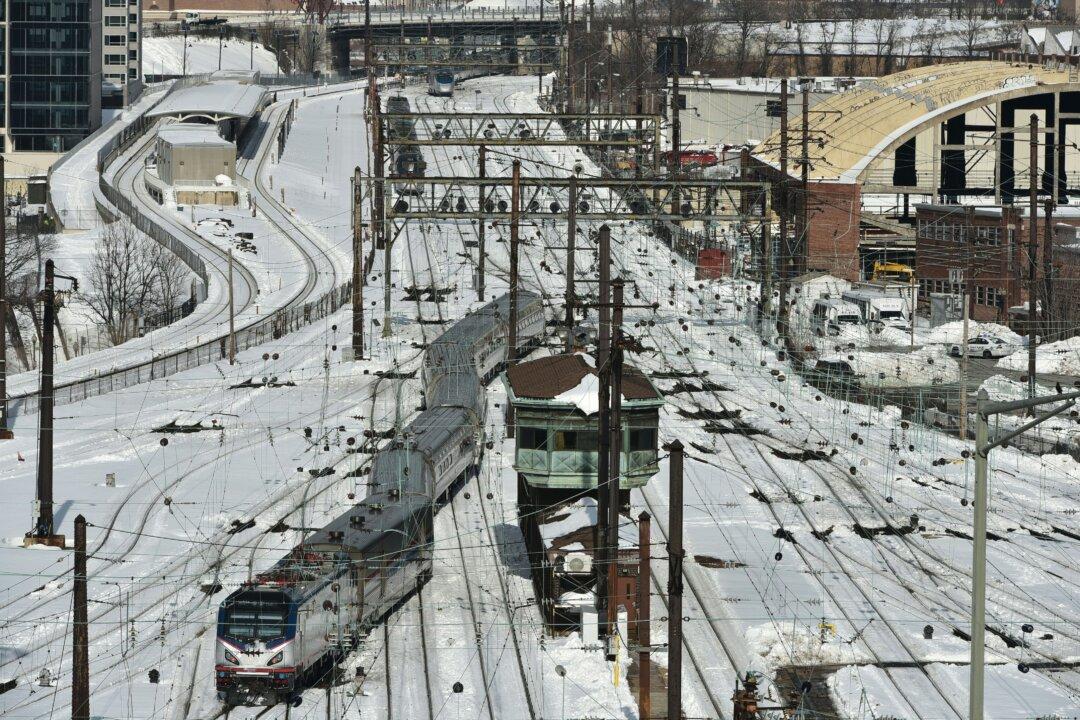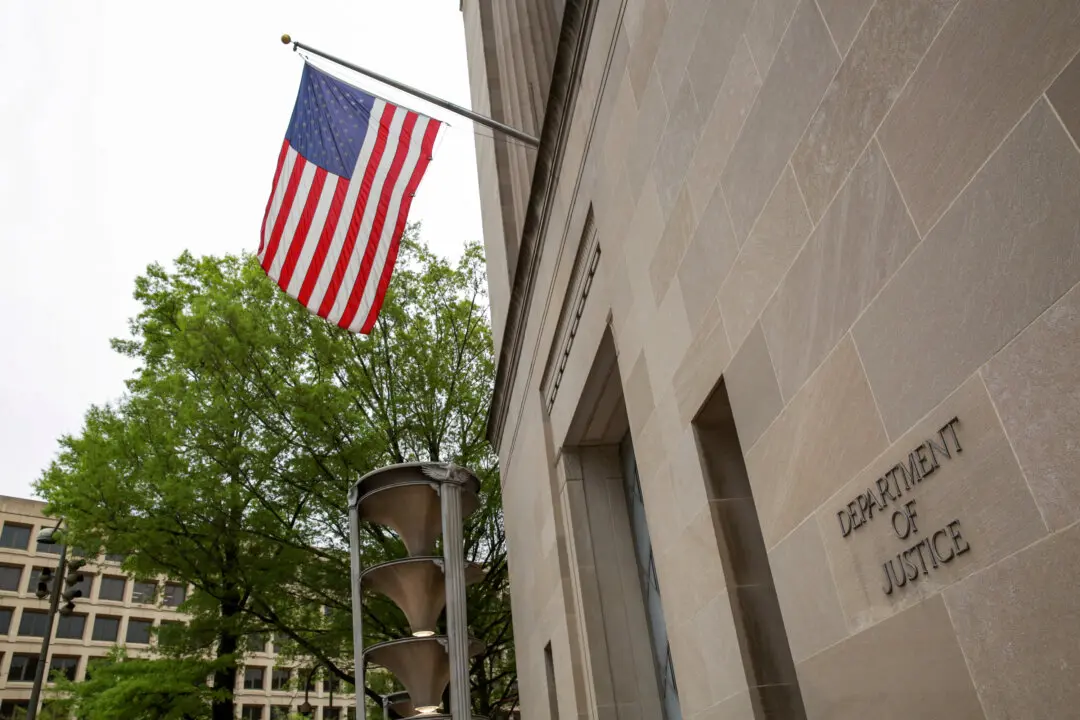An Amtrak train carrying nearly 200 passengers was stranded in Oregon for more than a day and a half after hitting a tree that had fallen onto the tracks, according to officials.
The Amtrak Coast Starlight train that had 183 passengers on board stopped at Oakridge just before 6:20 p.m. on Feb. 24, according to an Amtrak spokeswoman, reported Oregon Live. The train was traveling from Seattle to Los Angeles.




